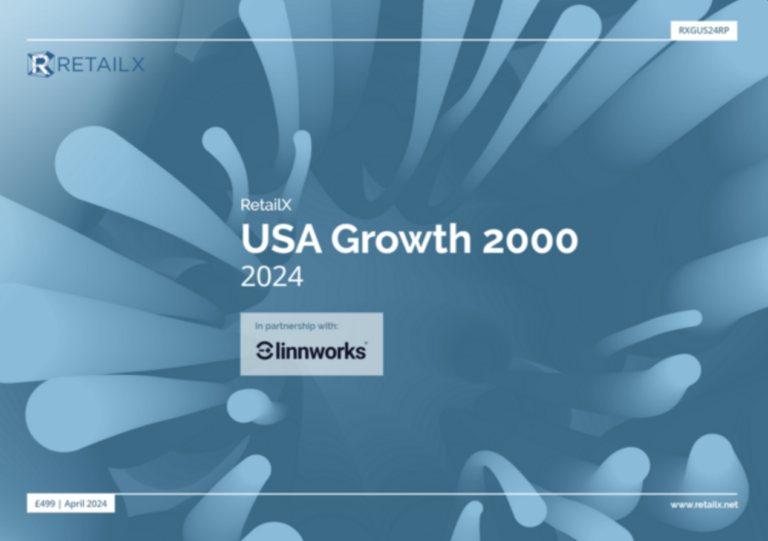Tesco chief executive Philip Clarke this week pledged that the supermarket would lead the digital revolution in shopping as a key part of its strategy to return to profits growth.
Speaking as Tesco unveiled a near-12% fall in profits – its first such decline in 20 years – Clarke said the supermarket would now focus on growing online rather than through stores, an approach that represents a ‘fundamental’ change to its strategy and investment.
This would mean, he said: “First, significantly reducing space growth in the UK and focusing on improving the performance of our existing stores – and second, investing in online to enable Tesco to take a leadership role in the digital revolution: playing our part in shaping the future of retailing.”
His comments came as Tesco reported a 1.4% rise in group sales to £36bn, but an 11.6% fall in pre-tax profit to £1.7bn. Its UK grocery online business grew by 11% in the 26 weeks to August 25, in contrast to a 0.7% fall in total UK like-for-like sales, excluding petrol and VAT.
In response Clarke pledged to continue with a £1bn investment programme that has already seen 230 stores refreshed or refitted and 8,000 new staff recruited. Focusing online, he said the company had maintained its share of the grocery delivery market, and that sales had grown by 11% compared to the same time last year. More than 70,000 customers have subscribed to its Delivery Saver service since its launch in May, while its grocery click and collect drive through service is now operating in 90 stores around the UK.
The range sold through Tesco Direct grew from 75,000 items to more than 200,000 during the period, thanks to the addition of 14 marketplace sellers who now sell through tesco.com. Most customers now take delivery of their Tesco Direct orders through Click & Collect, with collection points now in more than 1,300 stores across the UK.
The UK investment programme also includes a focus on widening the range, boosting service and staff numbers, updating stores and formats, improving prices and value. While the company is focusing on expanding its Tesco Direct general merchandise range, it is now reducing the space allocated to some general merchandise categories in store. The company is also working to improve the shopping trip through data from its Clubcard loyalty scheme.
Tesco also said its online telecoms business had seen fast growth, trebling in size in the last year. It also opened 15 extra in-store phone shops and now has more than a million customer on monthly contracts, making it the biggest mobile virtual network operator in the UK.
Early figures suggest that the investment programme has been successful, with UK like-for-like sales growing by 0.1% in the second quarter of the first half, compared to a 1.5% decline in the first quarter. “The improved like-for-like sales performance benefits from a more competitive offer as some of the changes we are making to the customer shopping trip start to come through,” said Tesco, “including in part the stronger blend of price, promotions, coupons and Clubcard offers we described earlier in the year.”
But the cost of the investment programme was among factors that resulted in the fall in profits. Other factors included the weakness of the Euro, failing consumer confidence in markets from the Eurozone to China, and a £74m loss at its US Fresh & Easy business.
Tesco’s figures came on the same day that rival Sainsbury’s reported total sales up by 4.3% in its first half, and up by 1.7% on a like-for-like basis, excluding fuel. The supermarket’s online business grew by 20% over the same period and continued, said chief executive Justin King in a trading statement, to perform strongly.









